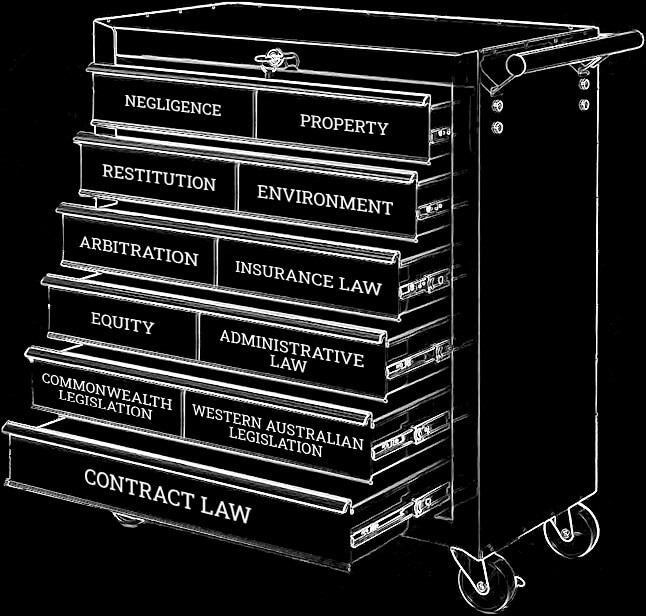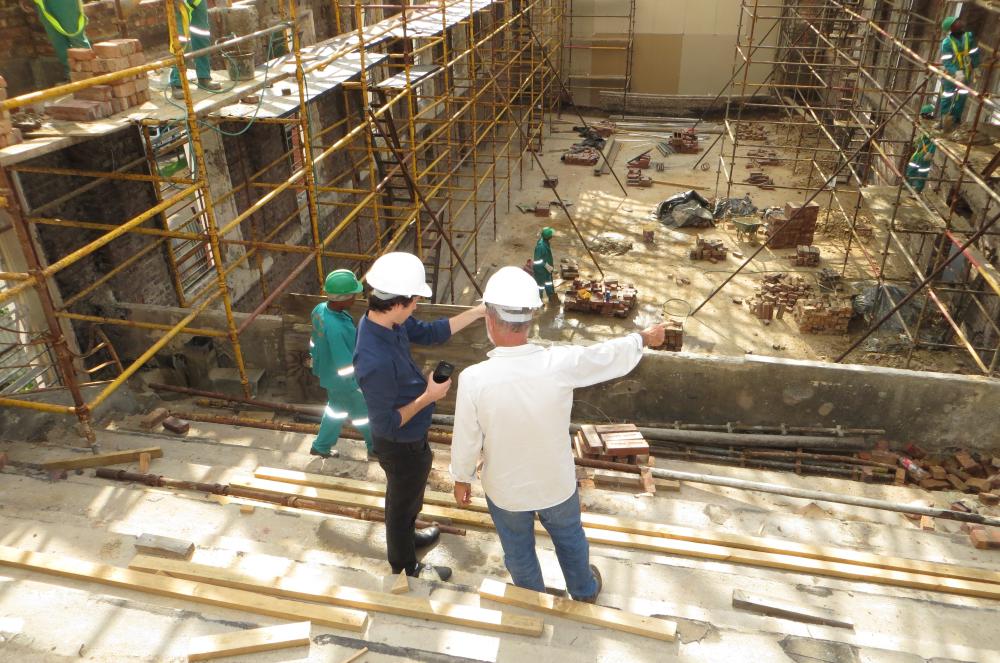
While the usual caveats that apply to the impact of decisions refusing to grant summary judgment apply to NRW Contracting Pty Ltd v Cliffs Asia Pacific Iron Ore Pty Ltd [2020] WASCA 2020, there are at least important take-aways from the decision. The fact that it is a Court of Appeal decision also makes it worthy of note.
Dealing with the lesser of the two take-aways, by quoting from Silbert v Steinberg [2010] WASCA 113 in their joint judgment (concurring with Murphy JA), Beech and Vaughan JA drew attention to the manner in which appeals from interlocutory decisions are to be conducted. It’s worth repeating the first sentence of paragraph [7] referred to by their Honours:
It is pertinent to emphasise that the availability of an avenue of appeal from interlocutory decisions, subject to the grant of leave, should not be seen as providing an unrestricted opportunity for the lengthy reventilation of arguments which failed at first instance.
This is perhaps a reminder to the profession to be cognisant of the limitation and thereby, not only avoid it, but understand that the Court of Appeal will be forthright in constraining appellants within the 4 walls of Silbert v Steinberg.
From a construction law point, the primary take-away relates to the detailed discussion over a limitation of liability provision at the heart of NRW’s application for summary judgment on Cliffs’ counterclaim – that is, NRW sought to have Cliffs’ counterclaim summarily dismissed. At face value, limitations of liability, time-bars and (as was the case here) consequential loss provisions are attractive vehicles for summary judgment because they are usually matters of contractual construction only, such that there is little or no need to descend into the detail of the claim that is said to be barred by the limitation.
Further, without going into the detail of the relevant clause in the contract, as recounted by Murphy JA in his reasons, there was nothing particularly remarkable about the exclusion of consequential loss provision save for the one feature that underpinned both Smith J’s decision to refuse NRW’s application at first instance and the Court of Appeal’s decision on appeal, being the inclusion of an indemnity provision in favour of Cliffs within the same clause 24 of the Contract.
Last year Aleksander Vuksic wrote an article with Josie Thompson regarding the undermining of the concept of construct-only contracts in Western Australia, especially in the energy and resources sectors. The conflict of the exclusion of consequential loss and the indemnity in favour of Cliffs in this case highlights another issue that is currently common in construction contracts in Western Australia; the zealous use of indemnities by the large miners, oil and gas companies and the State Government.
When reviewing a construction contract in Western Australia in recent years, the first task that must be undertaken is to search for the indemnities. Unfortunately, especially with modern bespoke energy and resources contracts of almost all kinds and the head-contractor counterparts (as well as most State Government contracts), indemnities will be littered throughout the contract. The next task is to trace the indemnities back to see what the effect is, especially on what might otherwise be a reasonable limitation of liability provisions. For example, indemnities are now almost always drafted so that the liability under an indemnity is also prescribed to be a debt due. In turn, debts due are often exceptions to all the limitations of liability that might otherwise apply, thereby undermining the utility of the limitations of liability. Indeed, in at least one contract I reviewed in the last year, the indemnity debt due mechanism rendered the limitation of liability provision entirely nugatory.
The question is then: Where does NRW v Clifts leave us? Unfortunately, and somewhat unsatisfyingly (and this is no critique of the Court as it is an interlocutory matter and not the occasion for the Court of Appeal to reach a definitive conclusion), it leaves us in a state of uncertainty. However, it should at least serve as a red light to all who practice in the area. Therefore, from a contractor’s point of view, it means that a band-aid approach of relying on an exclusion of consequential loss provision may be insufficient to protect you from indemnities and, for owners (or head-contractors), the Court of Appeal has left open the distinct possibility that indemnities for loss and damage might be immune from the limitation of liability for consequential loss.
So where to: my strong recommendation is for both parties not to tiptoe around the question of limitations of liability – address it head-on and preferably in one clause in the contract, rather than the current approach of scattering indemnities and debt-due provisions throughout the contract. In this regard, and in fairness to the parties in NRW v Cliffs, it appears that conflicting provisions were in the same clause at least in this case. One then needs to stress test the limitation of liability against the indemnities (and debt due provision) to determine if, and to what extent, the limitations of liability are undercut by the indemnities. Furthermore, you need to have a strong grasp of which risks are insured (or insurable) and which are not.
Finally, while this is an interlocutory matter and neither Smith J or Murphy JA had to reach concluded views on the construction point, anyone preparing or reviewing construction contracts in Western Australia, ought to make themselves very familiar with both judgments. Furthermore, those feeling hard done by in a summary judgment application ought to pay close heed to the Silbert v Steinberg and the reasons of Beech and Vaughan JJ and be ready to present an application for leave in a very concise way.
Disclaimer: This post has been prepared as a general summary only. It is not, and is not intended to be, legal advice with respect to any particular matter. This post should not be relied on with respect to any particular matter. If you have questions about any aspect of this decision you ought to seek legal advice. The author and Solomon Brothers disclaim liability to any person who relies on this post.
















